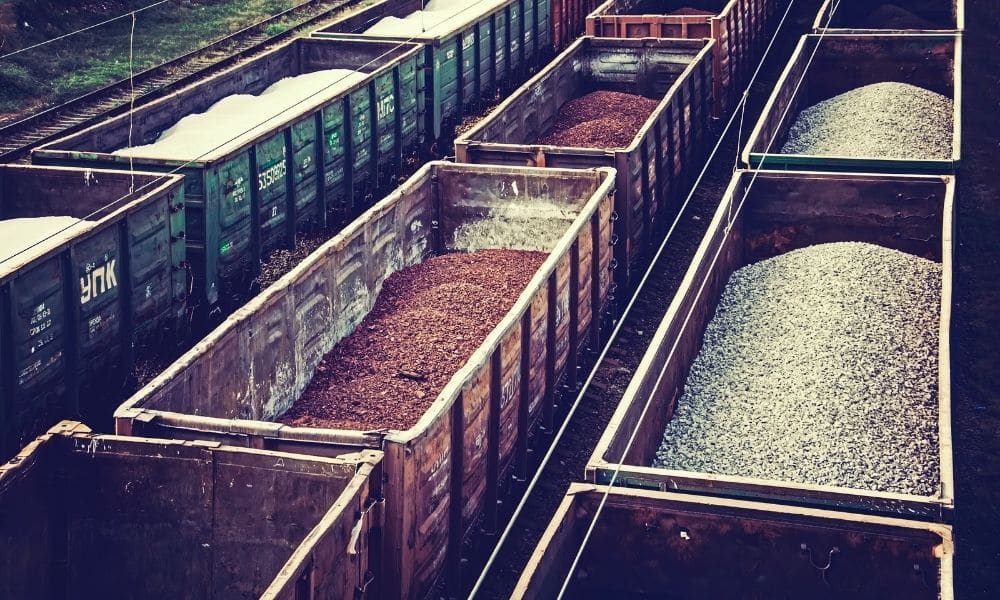
Loading and unloading railcars is necessary for many dry bulk industries, but completing this task efficiently is quite tricky. Getting the best results for each load is a goal every worker and company should strive for, but it can often lead to accidents. Workers want to do the job properly, but railcars are complicated and quite dangerous if you don’t have the proper setup. Countless little problems can arise when unloading or loading a railcar. These problems add up quickly to waste a lot of time, but once you know how to improve railcar loading/unloading efficiency, you’ll have far fewer problems.
Training
An excellent way to improve your efficiency is to implement regular training for your workers that goes over the best ways to approach the typical problems that arise. This training can help them to stay safe and improve their productivity. The training can teach them how to solve common issues consistently and efficiently instead of wasting time coming up with their own solutions. Training can also be a great reminder of the dangers of loading and unloading, as well as the proper steps to avoid risks during the process.
Installing Loading/Unloading Systems
One of the best things you can do is to get better equipment to help with efficiency. A great way to do this is to install loading and unloading systems to handle your needs. There are many different kinds of systems that can improve your process. From railcar unloading conveyors to Scorpion Transloader systems, we at Cambelt International LLC offer various products that can vastly improve productivity. These durable and tough products will help you process your railcars efficiently and with less damage to the materials.
These are just a few of the possible ways to improve railcar loading/unloading efficiency. There are other options, but you will likely find great success with these methods.
